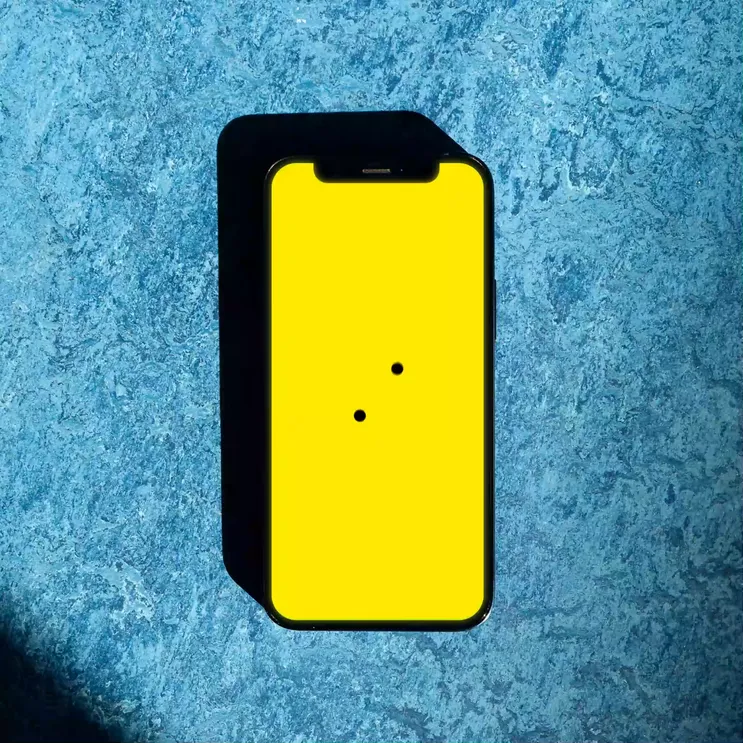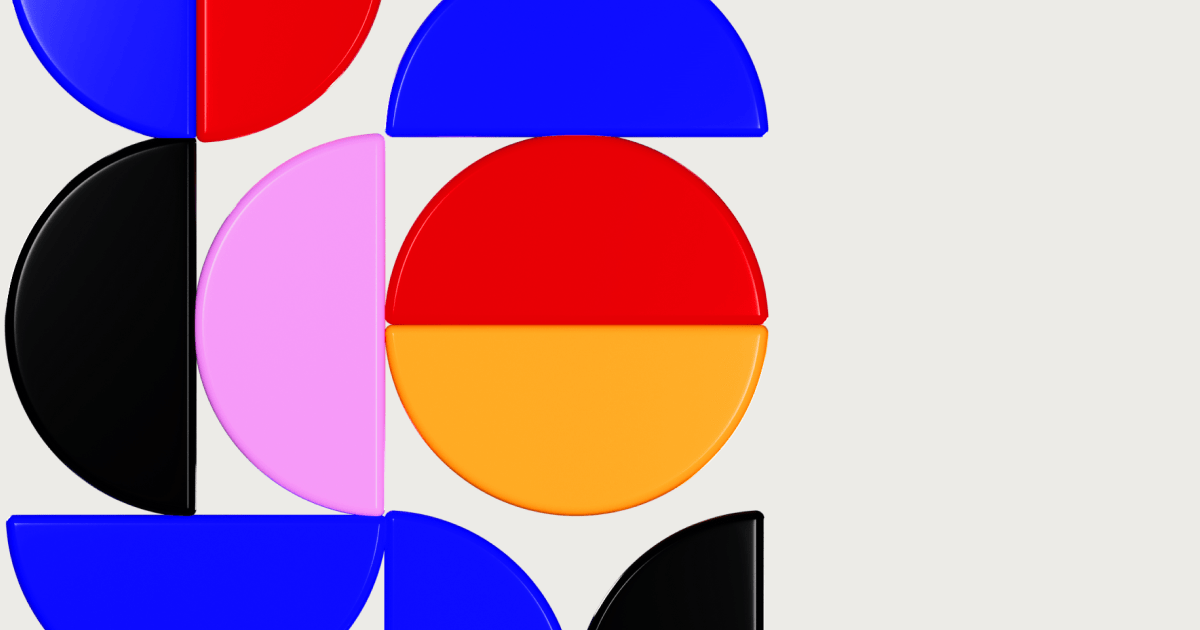UX & UI
3 min read
10 Psychological Triggers to Boost Your UX Design
Creating an exceptional user experience is about more than just eye-catching visuals; it’s about understanding human psychology.
By incorporating psychological triggers into your designs, you can engage users more effectively, making them more satisfied and motivated to interact with your product.
Let’s explore 10 psychological triggers that can enhance your UX design, making it more captivating and enjoyable for users!
Miller’s Law
The Power of Seven.
The human brain can typically manage around seven items in short-term memory.
To accommodate this, simplify your designs and keep menus under seven items to prevent cognitive overload.
Jakob’s Law
Comfort in Familiarity.
Align your designs with well-established conventions to make users feel comfortable and at ease.
Hick’s Law
The Beauty of Simplicity.
An abundance of choices can lead to decision paralysis.
Keep options minimal to facilitate easier decision-making for your users.
Fitts’ Law
Accessibility Matters.
Larger and closer targets are simpler to click.
Design buttons and interactive elements with size and proximity in mind.
Zeigarnik Effect
Unfinished Tasks Stick.
Incomplete tasks are more easily remembered.
Utilise progress bars and reminders to maintain user engagement.
Aesthetic-Usability Effect
Form and Function.
Attractive designs are often perceived as more functional.
Invest in aesthetics to improve user satisfaction and build trust.
Serial Position Effect
Memorable Beginnings and Endings.
Users tend to better remember the first and last items in a series.
Place essential information and calls to action at the beginning or end of a list.
Peak-End Rule
Crafting Lasting Impressions.
Experiences are judged by their peaks and endings.
Create memorable moments in your design and always end on a high note.
Law of Proximity
Grouping and Separation.
Elements that are close together are perceived as related.
Group relevant items and use white space to distinguish between different sections.
Social Proof
Strength in Numbers.
Users trust designs that have been positively received by others.
Showcase reviews, testimonials, and user-generated content to build credibility.
Armed with the knowledge of these potent psychological triggers, you’re now ready to apply them to your UX designs and captivate your users. Enjoy the process of creating irresistible and engaging experiences!























